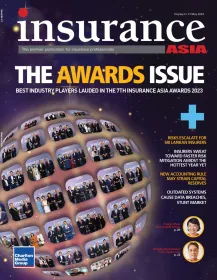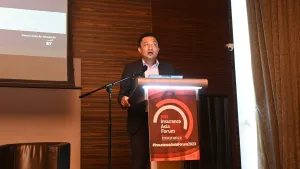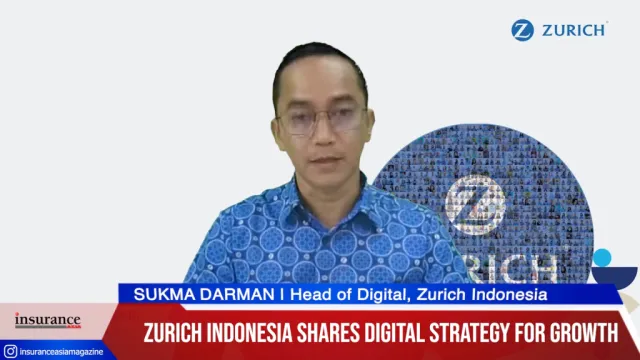
Taiwan’s non-life operating performance ‘likely’ to stay afloat in 2023: AM Best
Recovery in the capital markets and reserve releases will support the industry’s performance.
The year 2022 brought volatile profitability to the non-life insurance sector due to pandemic-related losses, which suffered a net loss of $5.4b, AM Best said.
Some insurers continued to experience unfavourable claims development and reported net losses in the first quarter of 2023, but most returned to operating profitability by the second quarter.
This recovery was attributed to good underwriting margins in traditional, non-pandemic products. The sector is expected to benefit from the recovery in capital markets and reserve releases in 2023.
However, heightened reinsurance costs due to the hardening global reinsurance market pose challenges to the sector's performance.
The renewal season in January 2023 was described as one of the toughest in the past decade, and further increases in reinsurance rates are anticipated in the 2024 renewals.
Current performance
In 2022, direct premiums written (DPW) increased by 7%, although it was slightly lower than the 10% growth in 2021.
The first half of 2023 continued to show positive momentum, primarily driven by increased demand for motor and fire coverage, liability, and marine products.
However, other insurance lines saw some shrinkage. Over the five-year period from 2018 to 2022, there was a compound annual growth rate of 8%.
The non-life insurance sector is highly competitive and dominated by domestic companies, accounting for 97% of overall DPW in 2022.
The three largest players represented over 47% of DPW. Motor insurance was the most significant line of business, making up 52% of DPW, followed by fire (15%), accident (9%), and liability (7%). Within motor insurance, voluntary motor accounted for 84%, while compulsory motor made up the remaining 16%.
ALSO READ: Taiwan’s pre-tax earnings register NT130b, YTD
Both segments have expanded in the past five years, with voluntary motor insurance experiencing faster growth due to premium rate hikes and increased sales of new, higher-value vehicles.
The operating expense ratio in the non-life segment has seen a modest decline, thanks to the promotion of digital technologies for operational efficiency. The commission cost ratio has remained stable in recent years.
Challenges to reaching pre-pandemic results
Investment results play a significant role in the segment's overall performance.
In 2022, total investments decreased by 19% due to insurers selling off investments to cover pandemic-related claims. As a result, insurers adopted more conservative investment strategies, reducing their exposure to domestic equities and fixed-income investments.
The low interest rate environment in Taiwan and capital market volatility have presented challenges for insurers. The local stock market experienced a strong recovery in the first nine months of 2023.
The new norm
Weaker industry capitalization has become the new norm after significant pandemic-related losses.
Capital injections from insurers' parent companies have helped improve capitalization, but it remains below pre-pandemic levels. Special reserves, treated as a capital buffer, were reduced to support capitalization and offset pandemic insurance claims.
This reduction in special reserves weakens the sector's ability to absorb potential future losses from major catastrophe events, leading to increased demand for catastrophe reinsurance, especially at the upper layers.
Nevertheless, most insurers are expected to focus on improving capital efficiency and seeking profitable insurance policies in the post-pandemic period.











 Advertise
Advertise












